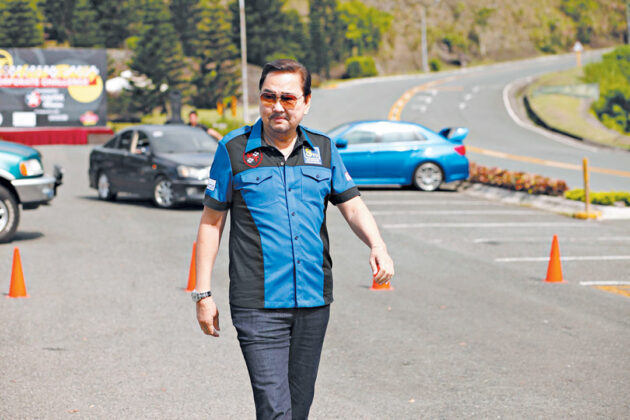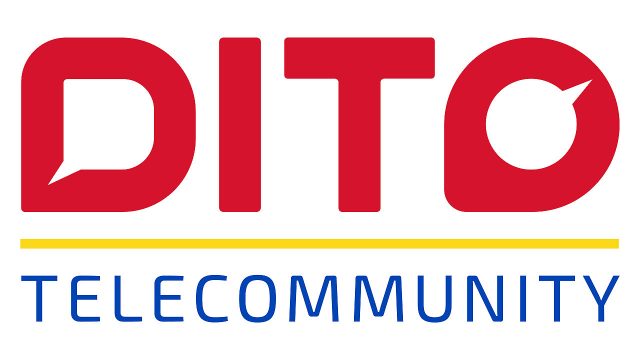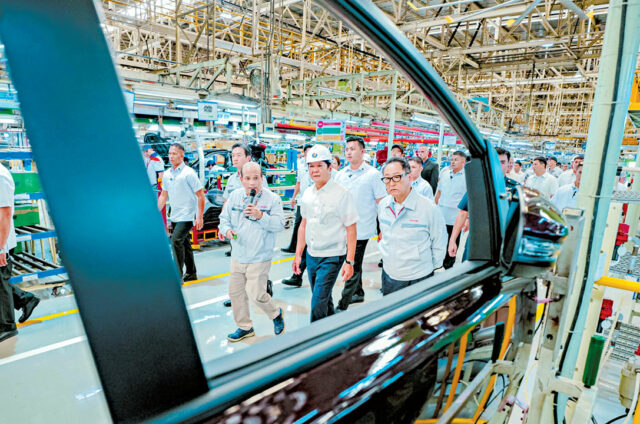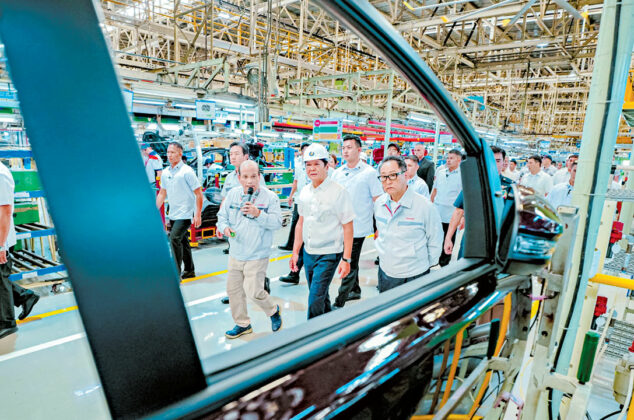Impact Pioneers Network calls for more financial support for Filipino climate entrepreneurs
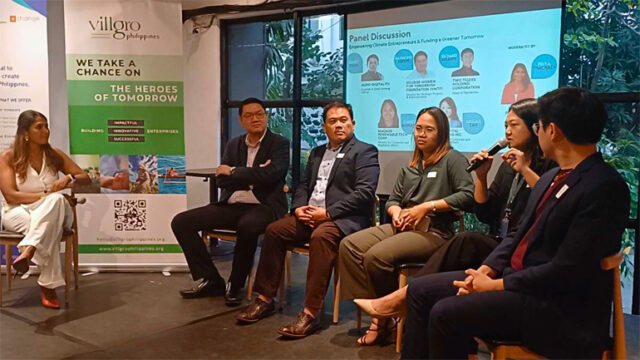
Impact Pioneers Network (IPN), a first-of-its-kind impact investing network, underscores the importance of making funding options more accessible to Filipino climate entrepreneurs to address urgent climate issues in the country through actionable and scalable climate solutions.
The network, together with Co-Manager Villgro Philippines, held a forum themed “Climate Action Showcase: Accelerating Enterprise Models for a Sustainable Future” at the Philippine Startup Week last year, where they emphasized the role of climate enterprises in creating local and innovative climate solutions.
“We need to empower Filipino climate entrepreneurs through accessible funding and support programs so they can lead the development of innovative and sustainable practices and products,” said Villgro Philippines CEO Priya Thachadi. “These solutions will not only respond to the pressing threats of climate change we face but will play a critical role to create a more sustainable ecosystem in the future.”
According to the Asian Development Bank, the Philippines is one of the world’s most vulnerable countries to climate change with people experiencing an increasing barrage of cyclones, floods, drought, and heat waves. The current climate crisis calls for an urgent need for the public and private sectors to accelerate solutions that are responsive to the needs of local communities.
The event featured a panel discussion among investors, innovators, and ecosystem leaders on how climate entrepreneurs can unlock funding to grow their business and contribute to climate action goals at the same time.
In the panel were Raymond Serios, director for Strategy Projects and Administration of Negros Women for Tomorrow Foundation; Abigail Tan, director for Corporate and Regulatory Affairs of ARQCapital Partners, Inc.; Henry Sison, founder of Agro-DigitalPH; Richard Milante, head of operations of Two Tigers Holding Corp.; and Jennifer Morante, director for Corporate and Regulatory Affairs of Magnus Renewable Tech Corp.
They shared that entrepreneurs should also promote good governance and financial transparency among their partners and stakeholders to acquire capital and should consistently reinvent and pivot their business models to see growth and scalable social impact.
“Filipino entrepreneurs can contribute concrete solutions to the ongoing climate crisis with quick, efficient, and accessible funding mechanisms, which we all want to initiate with them,” Ms. Tan of ARQCapital Partners said.
Villgro’s Ms. Thachadi, who moderated the panel discussion, said that it is important for climate entrepreneurs to create inclusive business models that promote knowledge and value of local communities to enhance climate resilience efforts and achieve the 2030 Agenda goals.
The event showcased emerging climate entreprises working across the Philippines, such as BillionBricks, Takiyo Japan, Dewaste Solutions, Sinaya Cup, Pammé, Cubo, Wear Forward, Re-Pamana, Suds, and SoilMate. Each demonstrated their innovative solutions in circular economy, waste management, sustainable fashion, and environment conservation.
Working Capital Facility
During the event, the network also reintroduced its Working Capital Facility that provides access to collateral-free working capital loans of P250,000 and above to early-stage impact enterprises in the Philippines. This reinforces its commitment to providing accessible funding to Filipino climate entrepreneurs to enable them to implement their plans and create solutions for the most pressing issues in the Philippines.
Enterprises who are operating in the Philippines for at least a year and demonstrating impact on the United Nations Sustainable Development Goals are eligible to apply. Their business must also be registered with the Bureau of Internal Revenue, Department of Trade and Industry, and Securities and Exchange Commission.
“Securing financing for social enterprises addressing climate problems is challenging in the country. Villgro and xchange, who are long-time collaborators and co-managers of the Network, find it easy to work together, along with our members, when mission and values align in the diverse spectrum of impact investing,” Ms. Thachadi shared.
To discover more about how Impact Pioneer Network supports social enterprises and its offers, visit www.impactpioneers.ph.

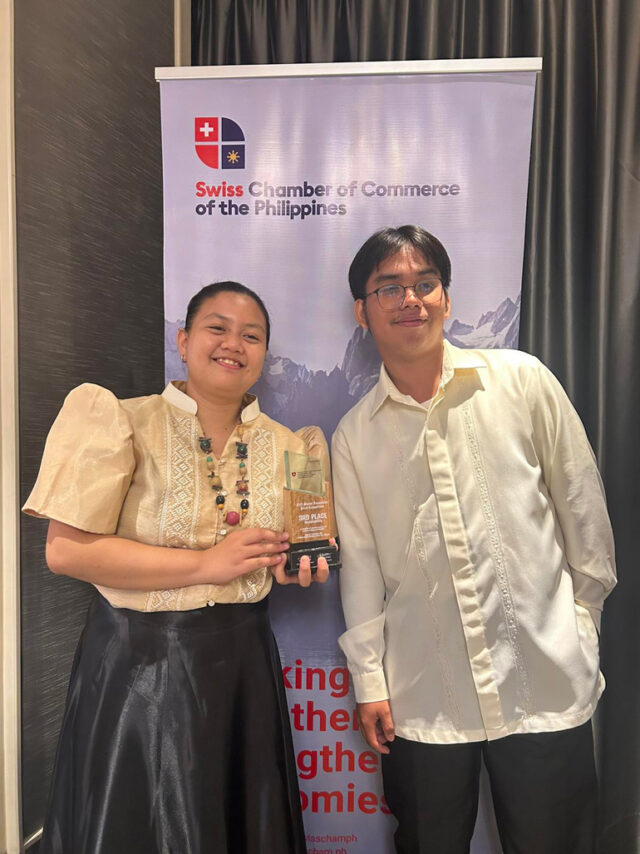

 The HR Lite prides itself as a product of a government agency for the benefit of other agencies. With its cost-effectiveness and ease of use, HR Lite minimizes the need for extensive technical expertise and democratizes access to advanced HR solutions for even smaller government entities.
The HR Lite prides itself as a product of a government agency for the benefit of other agencies. With its cost-effectiveness and ease of use, HR Lite minimizes the need for extensive technical expertise and democratizes access to advanced HR solutions for even smaller government entities.
